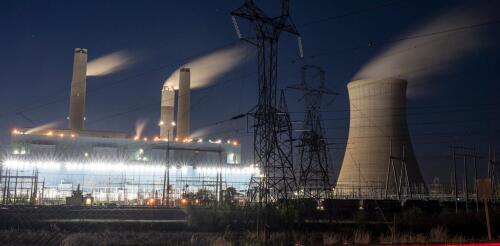Carbon dioxide (CO2)
Aedes aegypti mosquitoes, one of the most common species in the U.S., love everything about humans. They love our body heat and odors, which enable them to find us. They love to feed on our blood to make their eggs mature. They even love all the standing water that we create. Uncovered containers, old tires and junk piles collect water and are perfect for breeding. And with the advent of warm weather across the southern U.S., mosquito breeding season is already underway. Given all the options that Aedes females have in urban areas, how do these cosmopolitan mosquitoes find the perfect site to lay their eggs? Scientists previously thought this was a solitary act, but now research shows that female Aedes aegypti mosquitoes – the main vector in the U.S. for diseases such as Zika, dengue, chikungunya and other viruses – can rely on one another for good reviews of breeding sites. Our Laboratory of Tropical Genetics at Florida International University discovered a new b...
Capturing carbon dioxide from the air or industries and recycling it can sound like a win-win climate solution. The greenhouse gas stays out of the atmosphere where it can warm the planet, and it avoids the use of more fossil fuels. But not all carbon-capture projects offer the same economic and environmental benefits. In fact, some can actually worsen climate change. I lead the Global CO₂ Initiative at the University of Michigan, where my colleagues and I study how to put captured carbon dioxide (CO₂) to use in ways that help protect the climate. To help figure out which projects will pay off and make these choices easier, we mapped out the pros and cons of the most common carbon sources and uses. Replacing fossil fuels with captured carbon Carbon plays a crucial role in many parts of our lives. Materials such as fertilizer, aviation fuel, textiles, detergents and much more depend on it. But years of research and the climate changes the world is already experienci...
Each year, the federal government purchases about 50,000 new vehicles. Until recently, almost all of them ran on diesel or gasoline, contributing to U.S. demand for fossil fuels and encouraging automakers to continue focusing on fossil-fueled vehicles. That’s starting to change, and a new directive that the Biden Administration quietly issued in September 2023 will accelerate the shift. The administration directed U.S. agencies to begin considering the social cost of greenhouse gases when making purchase decisions and implementing their budgets. That one move has vast implications that go far beyond vehicles. It could affect decisions across the government on everything from agriculture grants to fossil fuel drilling on public lands to construction projects. Ultimately, it could shift demand enough to change what industries produce, not just for the government but for the entire country. What’s the social cost of greenhouse gas? The social cost of greenhouse gase...
On May 11, 2023, the Biden administration proposed new regulations to curb carbon pollution from existing power plants. The new rules replace the Obama administration’s Clean Power Plan, which was proposed in 2015 but ran into multiple legal challenges and never took effect. Nonetheless, in a high-profile 2022 ruling, West Virginia v. EPA, the U.S. Supreme Court found that the Obama administration’s approach exceeded the Environmental Protection Agency’s authority to regulate power plant carbon pollution under the Clean Air Act. Jennifer K. Rushlow, dean of the Vermont School for the Environment and a law professor at Vermont Law & Graduate School, explains how the new regulations are designed and the delicate balance they attempt to strike between slowing climate change and avoiding further legal setbacks. 1. How has the Biden administration tailored these regulations in response to the West Virginia v. EPA ruling? The scent of West Virginia v. EPA is al...
The Biden administration proposed new power plant rules on May 11, 2023, that have the potential to be among the most stringent federal policy measures on coal, oil and gas power plants the United States has ever introduced. The proposal would set new carbon pollution standards for existing power plants, effectively restricting their emissions of carbon dioxide, a greenhouse gas that contributes to climate change. Operators of fossil fuel power plants would need to find feasible and innovative ways to avoid excessive carbon dioxide releases. That’s drawing attention to a relatively mature, but expensive technology: carbon capture and storage, or CCS. Most CCS chemically separates carbon dioxide generated during fossil fuel combustion, compresses it and transports it through pipelines for storage, typically in geological formations deep underground. While CCS can be effective, it has some high hurdles on its path to widespread use. I follow U.S. policies on CCS as a clim...




